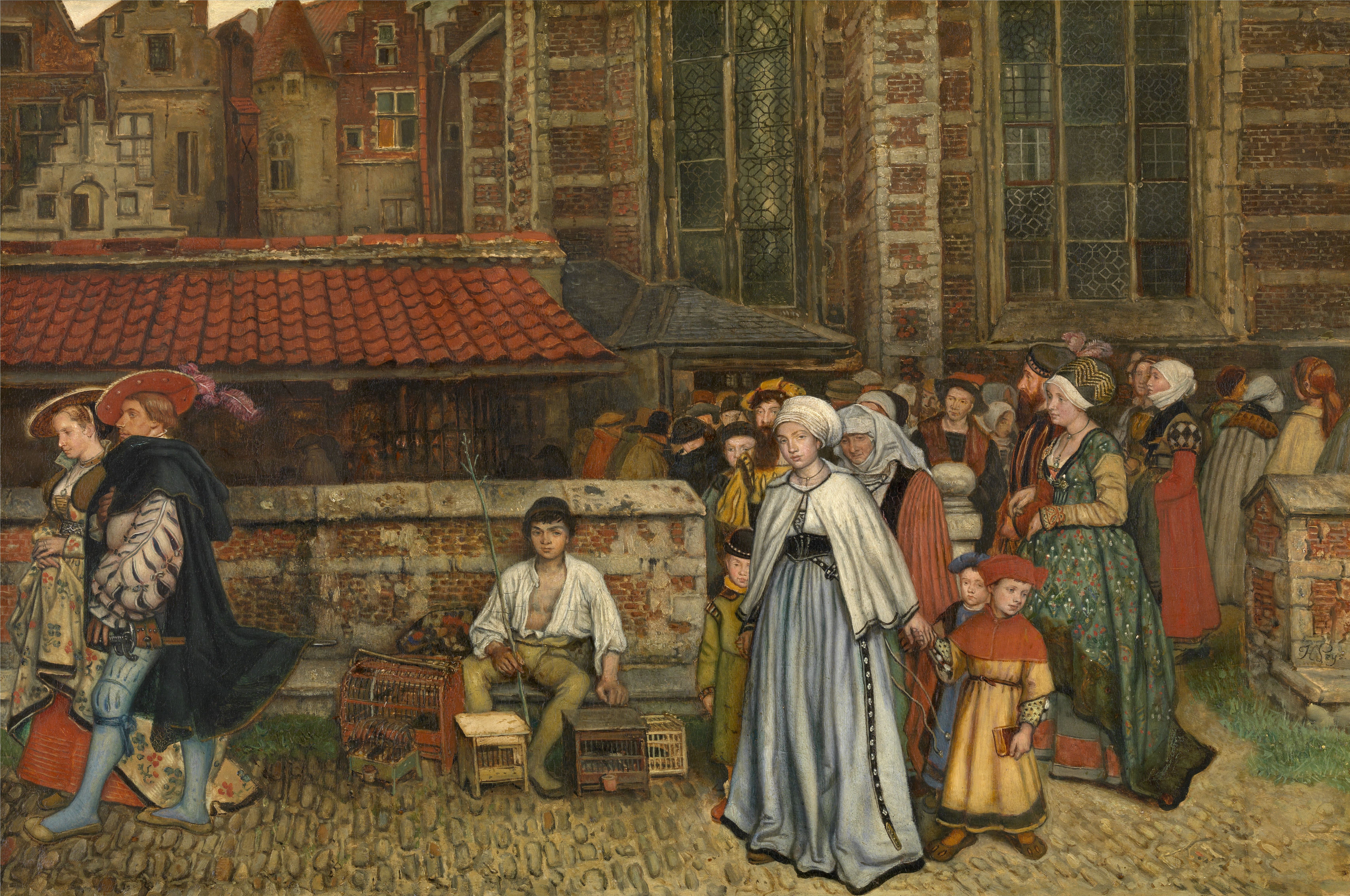The KMSKA has one of the largest collections of modern art in Belgium. Fantastic Real presents no fewer than 133 modern masterpieces from the period 1860–1960, selected by KMSKA researcher Herwig Todts.
Fantastisch Real
Belgian modern art from Ensor to Magritte
- Event
- Exhibition
- Date
Various parts of our collection modern art have been touring the world in recent years. We’re now taking to the road one last time before the museum reopens in September 2022. The Kunsthalle in Munich is the dream partner for this grandiose survey of Belgian modern art and dreaming is very much part of the exhibition too. All the featured paintings, drawings, prints and sculptures straddle the borderline between fantasy and reality.
The interweaving of reality and imagination is very much a characteristic of Belgian art, where nothing is ever what it seems. Unpretentious everyday reality conceals mysteries that all sorts of artists have been eager to explore. In 1887 the Brussels writer Edmond Picard came up with the term ‘fantastique réel’ to sum up the art of his time. Pursuit of this ‘fantastic real’ linked artists working in different styles.
The exhibition
From glory to intimacy
Henri Leys kicked it all off with hyperrealistic snapshots of glorious moments from the 16th-century as if he had been there in person. It could hardly be more ‘fantastically real’.
Henry Van de Velde and Théo Van Rysselberghe proved expert in combining trends and regional traditions. They breathed new life into portraiture, for instance, by applying the pointillist technique developed by Georges Seurat.
The Symbolists ventured even deeper into the inner realm. By the end of the 19th century, Belgium was the fifth largest industrial nation, with all the social dislocation this implies. Fernand Khnopff and Léon Spilliaert preferred to withdraw and to focus on how the soul might deal with an alien outside world in which life was shaped by ‘progress’.

Drama and colour
James Ensor brought a further change of pace. Following his early interior scenes, he began to expose true human nature by substituting his models with masks and skeletons, the personal features of which are all displayed on the outside. The world as fantastic theatre.
Rik Wouters studied Ensor closely, but his style is more in keeping with the likes of Henri Matisse. His everyday scenes and interiors focus on domestic harmony – fleeting moments constructed from broken expanses of almost luminous tones.
Spirituality and poverty
In 1898, artists began to congregate in the village of Sint-Martens-Latem near Ghent, where they found their ultimate retreat. The artists’ colony gave them the opportunity to celebrate their desire for authenticity and spirituality. A first generation still looked to Flemish Primitives like Van Eyck and Memling for the depiction of religious themes, but this did not last for long. Gustave De Smet, Frits Van den Berghe and Constant Permeke threw themselves into simplified forms, ordinary people and dark colours instead, giving birth to Expressionism.
Just as the Latem Expressionists made no attempt to hide the social aspect, Constantin Meunier likewise took the side of the poor, from rural labourers to miners and dockers.
Future and Surrealism
Abstract artists from the period around the First World War also pursued social goals through their art, although in this case they looked more to the future. How were people to live in a new society? Jules Schmalzigaug sought answers in Italian Futurism, while Marthe Donas was drawn more to French Cubism.
The Fantastic Real exhibition concludes with the Surrealism of Paul Joostens, Paul Delvaux and René Magritte. Once again, these artists explored the borderline between the visible and invisible world, full of dreams and fantasies. They experimented to this end with techniques such as collage to achieve a surreality in which all boundaries have been torn down.
Practical information
Kunsthalle der Hypo-Kulturstiftung
Theatinerstraße 8 | 80333 München
T +49 (0)89 / 22 44 12 | kontakt@kunsthalle-muc.de
www.kunsthalle-muc.de
Opening hours
Daily: 10am – 8pm
20.10.2021, 17.11.2021, 19.1.2022 and 16.2.2022: 10am – 10pm
24.12.2021: closed
31.12.2021: 10 a.m. – 5 p.m.
1.3.2022: 10 a.m. – 6 p.m.